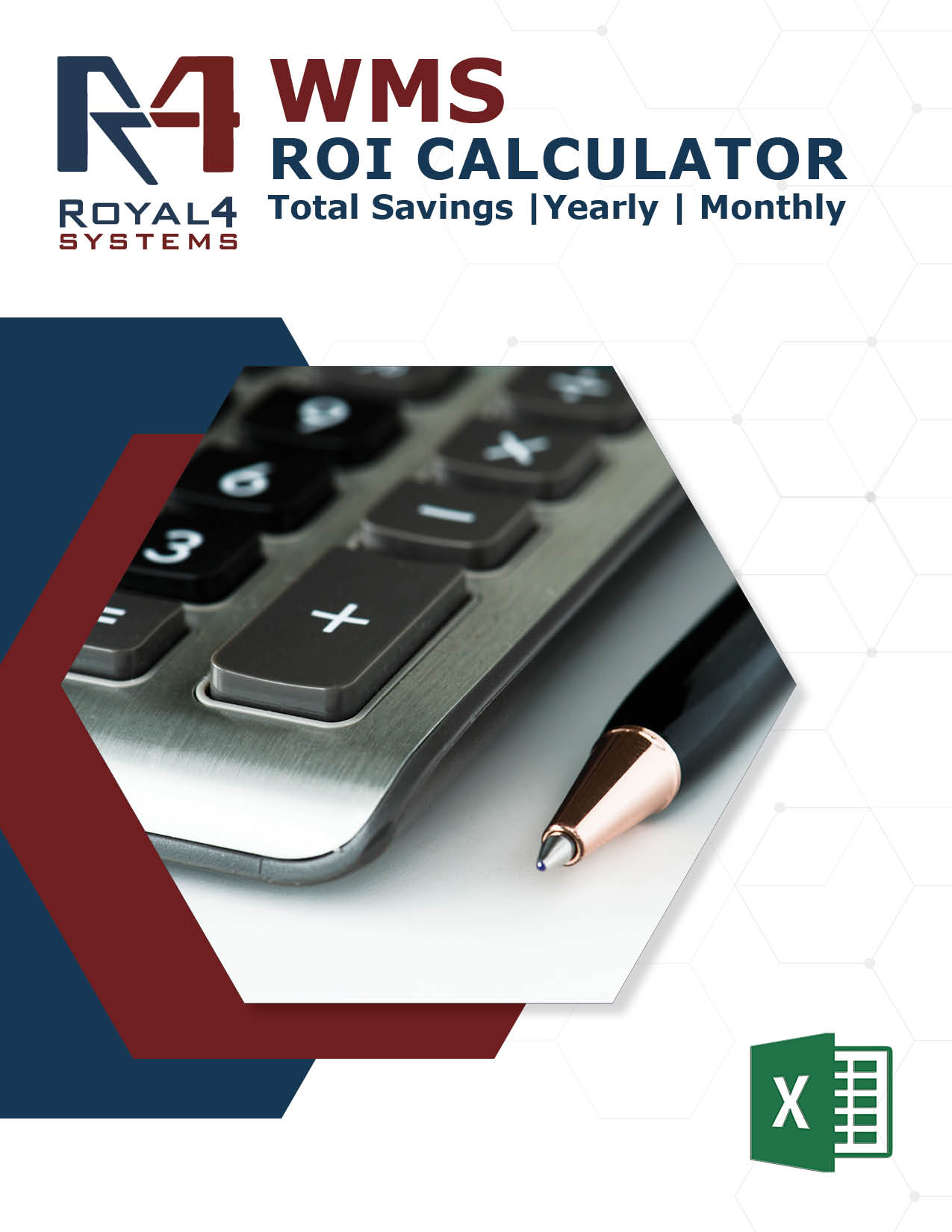
Introduction to Food Inventory Software
Food inventory software addresses the fundamental challenges and requirements of the food industry in Optimizing Food Warehouse Operations.
- Traceability and Compliance – Enable seamless tracking of food products throughout the supply chain for regulatory compliance for food safety.
- The Lot and Batch Management – Facilitates efficient management of lots and batches, ensuring quality control, recall management, and expiration date tracking.
- Expiration Date Tracking – Manages Expiration dates to minimize waste, maintain product freshness and complying with the Food Safety Laws. Implementing practices like FIFO, FEFO, and LIFO.
- Temperature Monitoring – Integrates with temperature monitoring systems to ensure proper temperature control, proactive monitoring, and regulation compliance.
- Allergen and Nutritional Information – Manages allergen and nutritional data for accurate labeling, consumer information, and compliance with food regulations.
- Demand Forecasting and Seasonality – Utilizes advanced forecasting algorithms to predict demand accurately, optimize inventory, and reduce stockouts and excess stock.
- Supplier and Vendor Management – Streamlines procurement processes, tracks supplier performance, and facilitates collaboration for consistent quality and timely delivery.
- Recall Management – Enables swift recall processes by providing comprehensive product traceability, minimizing consumer impact, and protecting brand reputation.
Food inventory software empowers businesses to streamline operations, maintain compliance, optimize inventory, reduce waste, enhance product quality and safety, and deliver superior customer experiences.
Inventory Tracking and Traceability
Accurate inventory tracking and traceability are of paramount importance in the food industry. Here’s how food inventory software facilitates real-time visibility of inventory levels, locations, and expiration dates, enhancing inventory management and traceability:
Meeting Regulatory Requirements
The food industry is subject to strict regulations regarding food safety, labeling, and traceability. Food traceability software enables businesses to comply with these requirements by providing real-time tracking of inventory, including details such as product origins, supplier information, and production processes.
Preventing Stockouts and Excess Stock
Accurate inventory tracking ensures businesses have the right stock at the right time. Food inventory software provides real-time visibility of inventory levels, allowing enterprises to proactively manage stock levels, avoid stockouts that lead to lost sales, and minimize excess stock that can result in waste and increased holding costs.
Optimizing Shelf Life and Reducing Waste
With perishable food items, managing expiration dates is crucial. Food inventory software enables businesses to track expiration dates in real time, implementing strategies like First-In, First-Out (FIFO), or First-Expired, First-Out (FEFO). This process ensures that products are used or sold before expiration, reducing waste risk, and improving overall product quality.
Efficient Recall Management
Quick and accurate identification of affected batches or lots is vital in a product recall. Food inventory software provides real-time inventory visibility, enabling businesses to identify and isolate products subject to recall swiftly. This process streamlines the recall process, minimizes the impact on consumers, and protects the brand’s reputation.
Supply Chain Transparency
Food inventory software enhances transparency in the supply chain by providing visibility into inventory levels and locations across multiple locations or facilities. This process facilitates effective collaboration with suppliers, distributors, and other stakeholders, ensuring smoother operations and timely delivery of goods.
Improving Customer Satisfaction
Accurate inventory tracking enables businesses to fulfill customer orders promptly and accurately. With real-time visibility of inventory levels, companies can provide accurate information about product availability, prevent backorders, and meet customer expectations for timely deliveries. This process enhances customer satisfaction and strengthens customer relationships.
Food inventory software plays a critical role in the food industry by enabling real-time visibility of inventory levels, locations, and expiration dates. This advantage enhances inventory management, traceability, regulation compliance, and operational efficiency. By ensuring accurate inventory tracking, businesses can reduce waste, prevent stockouts, streamline recall processes, and ultimately deliver high-quality products to customers.
Supply Chain Collaboration
Food inventory software facilitates effective collaboration and communication within the food supply chain and enables seamless cooperation between various stakeholders:
Supplier and Vendor Management
Food inventory software provides a centralized platform for managing supplier and vendor information. It allows businesses to store and access critical supplier data, such as contact details, certifications, and performance metrics. This platform facilitates efficient communication and collaboration with suppliers, ensuring the timely delivery of goods and maintaining consistent quality standards.
Real-time Inventory Visibility
Food inventory software offers real-time visibility of inventory levels, locations, and product information across the supply chain. This information can be shared with suppliers, distributors, and other stakeholders, enabling them to make informed decisions and plan their operations accordingly. Real-time inventory visibility improves communication, reduces order fulfillment errors, and enhances supply chain coordination.
Automated Order Placement
Food inventory software often integrates with electronic data interchange (EDI) systems, enabling seamless and automated order placement with suppliers. This integration eliminates manual processes, reduces errors, and speeds up order processing, leading to improved collaboration and efficiency in the supply chain.
Demand Forecasting and Planning
Food inventory software incorporates advanced forecasting algorithms to predict future demand based on historical data, sales trends, Seasonal planning, and external factors. This forecast can be shared with suppliers, helping them align their production and inventory levels to meet anticipated demand. Accurate demand forecasting promotes collaboration by aligning supply with demand, reducing stockouts, and minimizing excess inventory.
Track and Trace Capabilities
Food inventory software allows for precise tracking and tracing capabilities, enabling businesses to monitor the movement of products throughout the supply chain. The company can share this information with relevant stakeholders, suppliers, distributors, and retailers to ensure transparency and accountability. In case of quality issues or recalls, track and trace functionality facilitate quick identification and resolution of problems, minimizing disruptions and protecting consumer safety.
Collaborative Planning and Decision-making
Food inventory software enables collaborative planning and decision-making among supply chain partners. It provides a platform for sharing information, discussing strategies, and jointly addressing challenges. By fostering collaboration, businesses can align their goals, optimize processes, and improve overall supply chain performance.
Food Distribution Software catalyzes collaboration and communication within the food supply chain, enabling seamless information exchange, real-time visibility, process automation, and collaborative decision-making. By enhancing cooperation, businesses can streamline operations, improve efficiency, and deliver high-quality food products to consumers. This software also optimizes warehouse operations through accurate inventory tracking, demand forecasting, lot and batch management, FIFO and FEFO practices, temperature monitoring, and supply chain collaboration. It ensures precise inventory management, reduces stockouts and excess inventory, improves demand planning, enhances product quality and compliance, and enables proactive temperature control. With real-time data insights, businesses can make informed decisions and achieve enhanced efficiency, product quality, and customer satisfaction in the food industry.
Request a Demo
Need more information?
Solutions






![image001[25]](https://www.royal4.com/wp-content/uploads/2023/11/image00125.png)